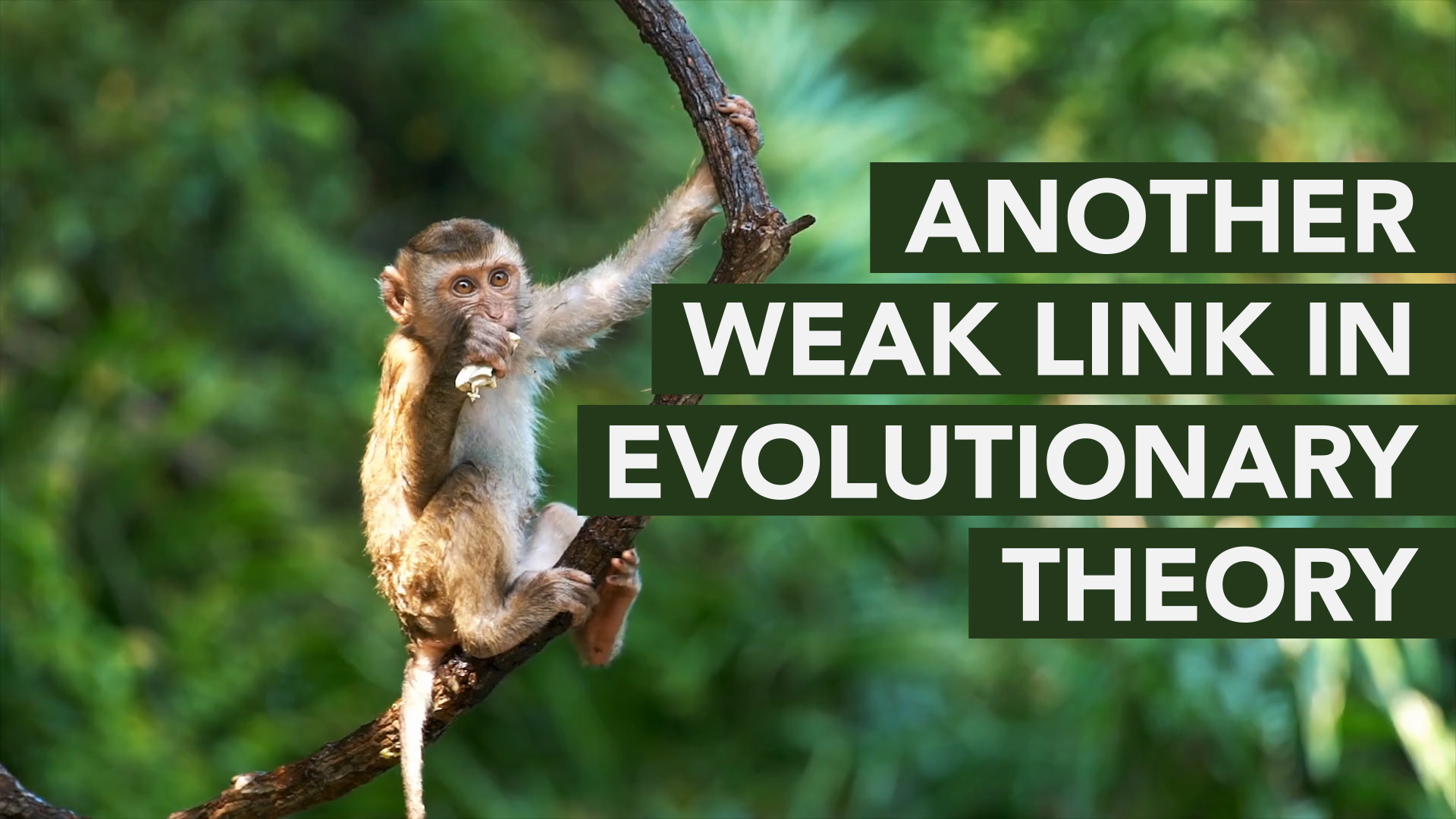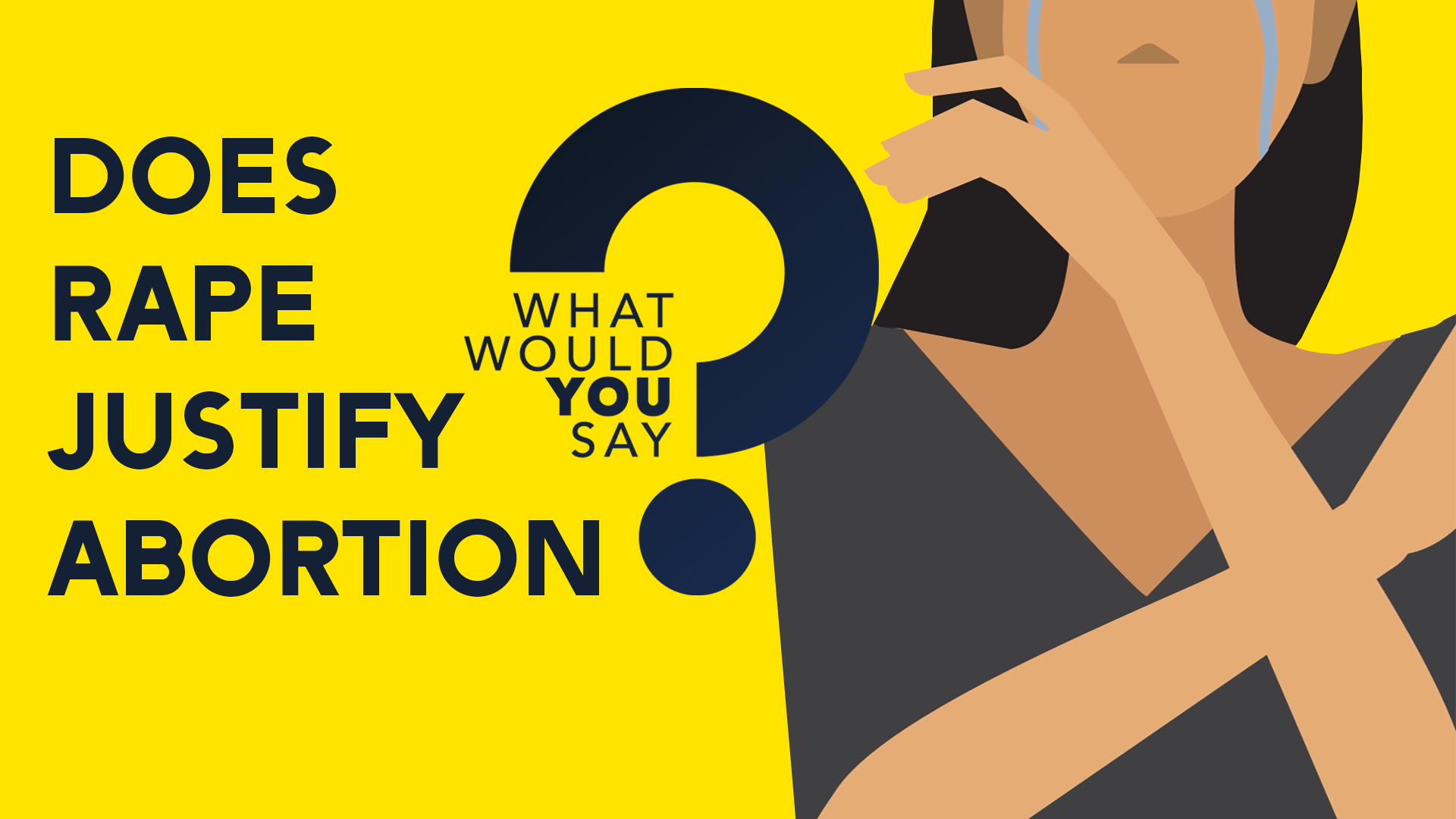Transgenderism Depends On Stereotypes
What Would You Say?
You’re in a conversation about sex and someone says that accepting transgender theory is necessary for our society to tear down harmful stereotypes about men and women?
What would you say?
Far from destroying sex stereotypes, transgender theory depends on rigid stereotypes about what it means to be a man or a woman.
1. Parents are told that stereotypes like clothing preferences, hair styles, preferred toys and games are signs their children are transgender. 2. When someone transitions from one gender to the other, they typically do so by expressing sex-stereotypes.
- Transcript
- Watch More
Is Transgenderism Evidence We’ve Evolved beyond Harmful Sex Stereotypes? You’re in a conversation about sex and someone says that accepting transgender theory is necessary for our society to tear down harmful stereotypes about men and women? What would you say? Far from destroying sex stereotypes, transgender theory depends on rigid stereotypes about what it means to be a man or a woman. Parents are told that stereotypes like clothing preferences, hair styles, preferred toys and games are signs their children are transgender. Take this mom who described in an article in Parents magazine how she learned her daughter was actually a boy: “The signs could be seen in all the phases and interests that came and went -- Spider-Man, Power Rangers, Mario, zombies, Beyblades, Minecraft, WWE, Pokémon…. In isolation, each sign was minuscule and meaningless, easily explained away as normal, as no big deal. As a collection, however, they added up to an unwavering truth: He was not growing out of being a boy. He was growing into it.” This mother came to fact that her daughter is actually a boy, at least in part, because she consistently enjoyed “boy stuff”. So we have this strange situation where, if we tell a girl that liking dresses makes her a girl, it’s sexist. But if we tell a boy that liking dresses makes him a girl, it’s affirming. That’s not all. When someone transitions from one gender to the other, they typically do so by expressing sex-stereotypes. For example, when Bruce Jenner decided to become Caitlyn, he showed up on the cover of Vanity Fair with long hair, lots of makeup, and even a little bit of cleavage. All to show how female he is. We should all agree that certain gender stereotypes are arbitrary and even harmful. But transgender theory doesn’t eliminate these stereotypes. It isn’t helping us evolve past them as a society. Transgender theory depends on these stereotypes, and doubles down on them.


